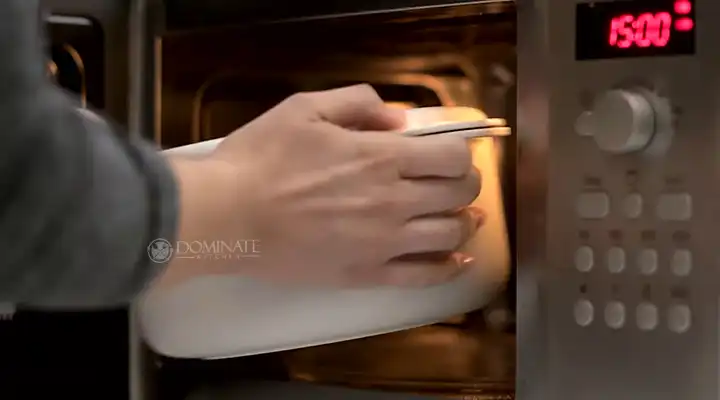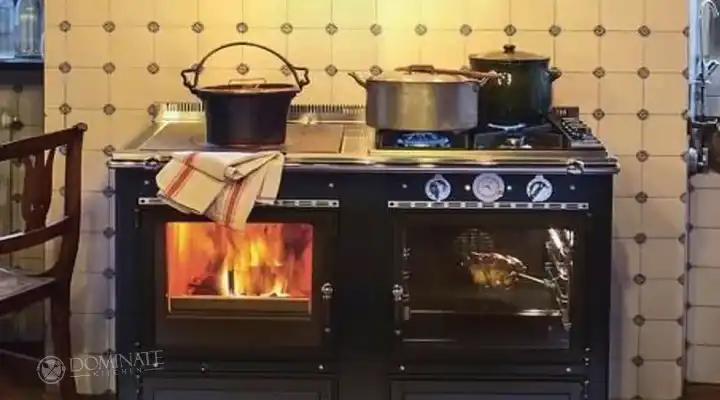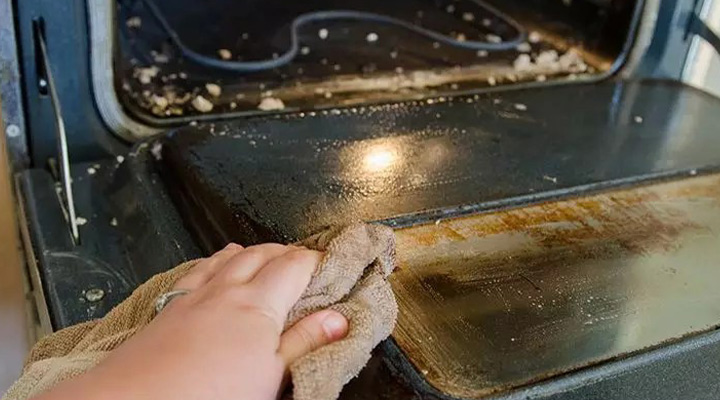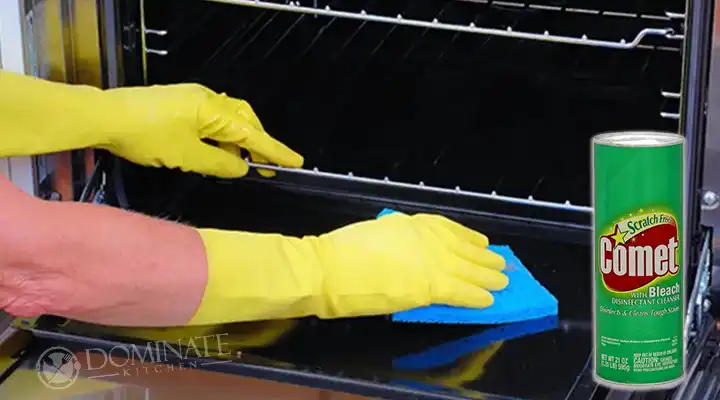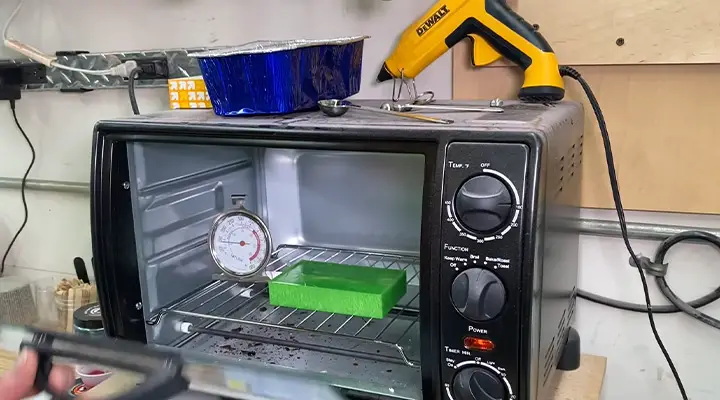Does the Oven Kill Germs | The Answer Might Surprise You!
The common theory of killing the germs, bacteria, and other nasty stuff lurking in your food is to cook them. And in high temperatures, they die and are safe to consume.
This goes for both meat and vegetables. So from the dawn of civilization, foods are treated with high heat to make them safe to eat. Even medical equipment was sterilized with hot water.
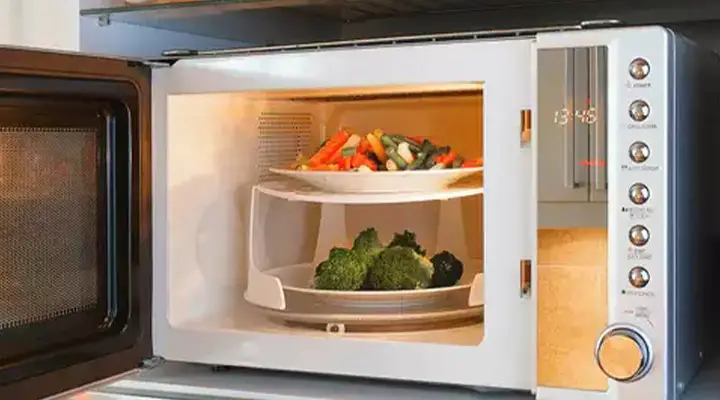
Talking about heat, what about our good old oven? Does the oven kill germs? That is the question we are going to answer in this article.
Dose the Oven Kill Germs in Your Water and Food
Germs are not visible in our eyesight. These microscopic organisms thrive in raw meat and veggies. That is the reason why we cook them at high temperatures to get rid of them. One of the best ways to reach that desired temperature is through the oven. And yes, the oven can kill germs efficiently in any food. No matter how strong it is.
How Does Heating Kill a Germ
Every living being has a tolerance level of heat. Above that, it will die, melt and turn into ash. The same goes for any germ and bacteria that is in our food.
No matter what state your food is, liquid or solid, heating it to a certain temperature will not only change its state but also will kill anything harmful in them.
Scientists suggest the heat should be above 160°. And as an oven can reach over 550° in cooking mode, it can easily eliminate any of those pesky little germs.
The science behind it is simple. As we have said earlier, every living being has a heat tolerance level, and the same thing applies to any germs and bacteria in your food. At a certain level of heat, they die.
One another thing that should be kept in mind is the time. You have to boil or cook your food above 160° for at least 4 minutes. This way the germs will die. Cutting down the time will also allow the germ to stay alive.
Is It Safe to Put Everything in the Oven to Make It Germ-Free
While you are thinking that your oven can be your sterilizer, you have to keep in mind, that not everything can be put in it.
Take plastic plates, cups, and utensils for instance. They are not heat-friendly, and obviously not oven safe.
Putting your food in the oven in a plastic container will not only melt the container but also contaminate your food. So better stay away from putting plastic material in the oven.
So, glass, ceramic, porcelain, and metal objects can be oven safe, right? Wrong. Not all of them are oven safe. The oven-safe ones are heat-treated properly to withstand a certain amount of heat.
Above that might also cause them to crack and break. So make sure you read the instruction manual before you put your pot, glass, or pan in the oven.
Things That You Should Not Put in the Oven
Anything that is not oven friendly and is not mentioned as oven safe is not suitable for the oven. Although you might think the low temperature will not affect the container, it will definitely. And your food will also get affected by it.
Plastic and silicon must never be put in the oven. No matter how thick they come, they will alter your food’s taste and microparticles will mix in them. So better stay away from this practice.
Another thing you should keep in mind is the sudden temperature change. This causes any material to crack, break or shatter. No matter how oven-friendly they are, if you put in a cold glass of water from the refrigerator to the oven, it will break.
So better let it sit on the counter for a few minutes to let it come down to room temperature before you can pop it in the oven.
Frequently Asked Questions
What Temp Kills Germs in the Oven?
Different germs get killed at different temperatures. For example, bacteria, germs, and protozoa can be killed at 140°- 150° of temperature. But the toughest surviving bacteria like Legionella can be killed at 160°. So scientists suggest that you go above 160° for more than 4 minutes to kill any germs off.
Do Germs Burn Off in the Oven?
Yes. Any temperature above 160° in the oven for more than 4 minutes can kill even the toughest germs. But you also have to keep in mind the time and temperature combination. If you keep your food or water in the oven for less than 4 minutes, chances are the germ is still living in it. So sit back and relax for more than 5 minutes before you consume your food.
Are Germs Killed by Cooking?
Yes. The key here is the temperature and time. Most stovetops and ovens can go over 350°-550° which is enough to kill any germs in our food. Time is also a key ingredient in the process. The longer you cook your food, the more germ gets killed. Lower the time and the germs stay alive.
Does Cooking in an Oven Kill Bacterial Spores?
Yes. An oven can reach above 550°, which is more than enough for any bacterial spores to be killed. Normally bacterial spores die at 170° to 350°. And above 4 minutes of cooking is required. So if you have done all of those, the bacterial spores will be dead by now.
Conclusion
Germs thrive in cold weather. So a refrigerator is an ideal place for them to grow. That is why it is suggested you even heat up a cooked meal before you can consume them. It not only brings out the taste of the food but also makes it safe for you. And what better equipment than the oven can be at your service. Pop your food in and see the magic happen.

